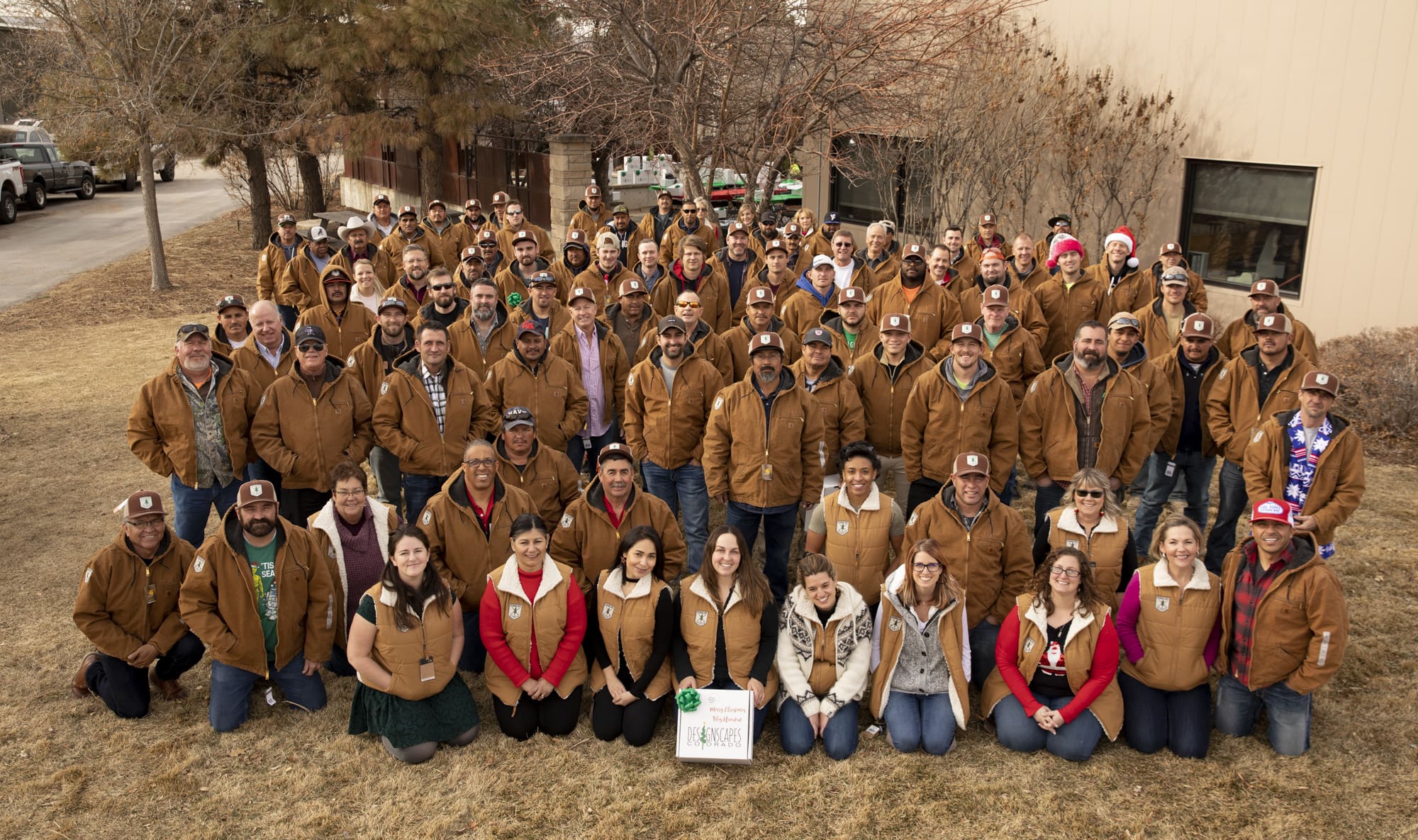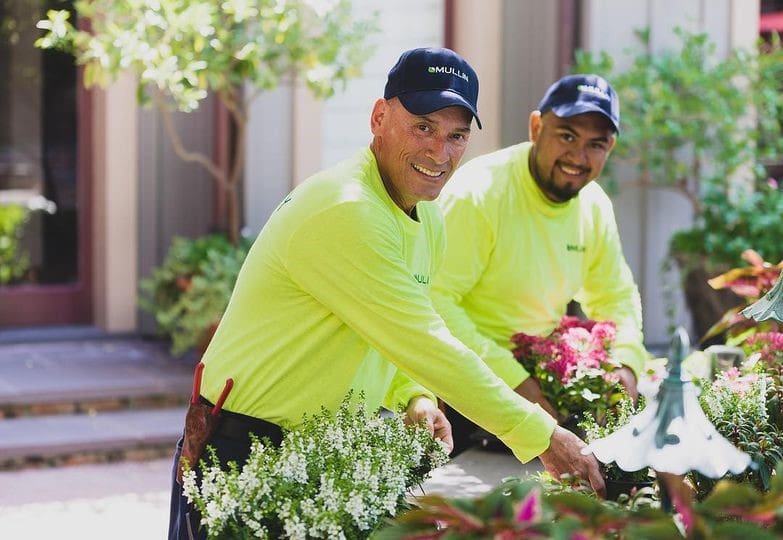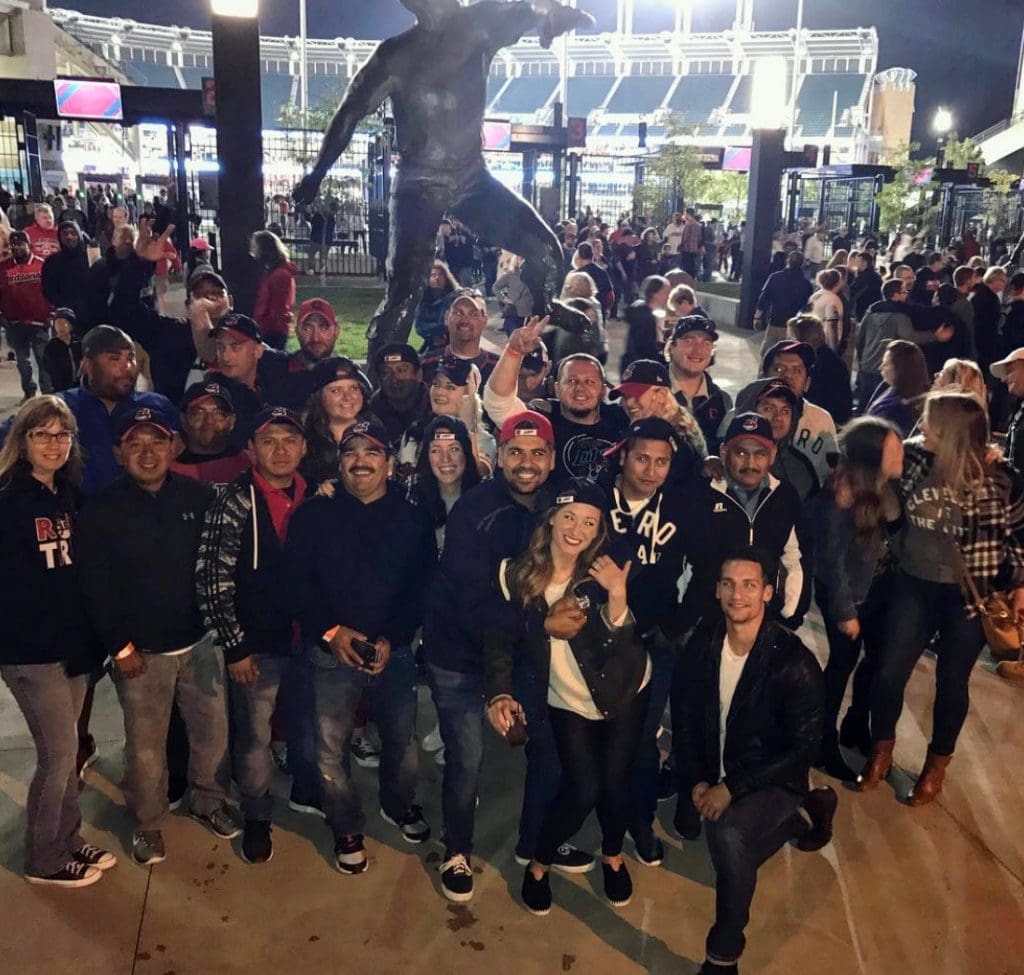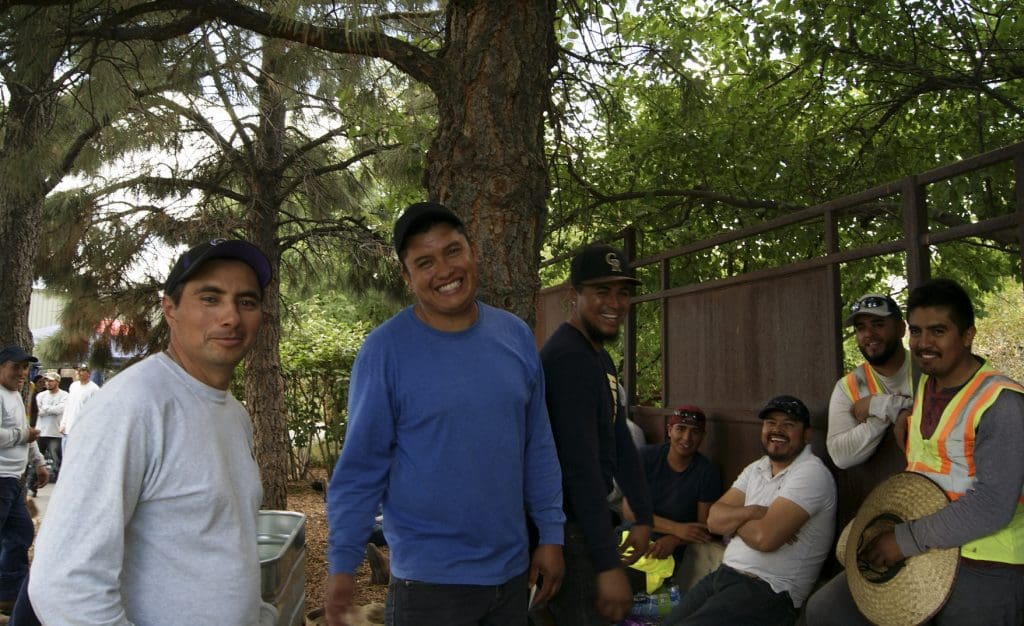
Photo: Designscapes Colorado
A common complaint of many lawn care and landscape companies is how hard it is to find good labor. The lack of the necessary employees can hamper your business’s growth. Here with their strategies and solutions to this issue are four different companies from across the country.
Recruiting Strategies
One effective recruiting strategy that all four companies use is an employee referral bonus program. The reward amount and how long the new hire has to work there before the amount is paid varies though.
Mullin, based in St. Rose, Louisiana, recently increased the timeline of their referral bonuses. Previously, employees would receive $100, $200 and $300 rewards if the new hire stayed on for one month, six months and a year. Now they receive the bonuses at the one-month, three-month and six-month mark.
“What we also decided to do was give the referral bonus as well to the person that’s being referred, if they were a crew leader or a supervisor,” says Nubia Gutierrez, human resources manager for Mullin. “Obviously, those are a little bit harder for us to find and come across. Having somebody that has experience is very difficult to find and that is able to drive for us and run a crew.”

For Ground Works Land Design, based in Cleveland, Ohio, employees are rewarded $1,000 if they stay a year. But founder Tony Nasrallah says they aren’t just hiring anyone. They also provide sign-on bonuses to individuals with a background in skills such as construction or hardscaping.
Aside from employee referrals, Designscapes Colorado, based in Centennial, Colorado, uses a professional recruiter to broaden their search outside the Denver metro area.
“We have used their expertise and their networking abilities through the recruiting firms to market outside the area and really target specific positions, like management positions,” says Phil Steinhauer, CEO of Designscapes.
Ground Works uses an HR company for recruiting as well.
Paulita LaPlante, CSO and partner of Prescription Landscape, Inc. based in St. Paul, Minnesota, says the most important element of their recruiting strategy is having it implemented by a dedicated and professional HR department.
“They have created detailed job descriptions for all positions year-round so that we can rapidly post when needed and our company brand is visible and uniform across all media,” LaPlante says. “Our HR team works in close alignment with our operation managers and executive team members so that there is a master plan in place prior to the start of each season. This also helps us to have targeted initiatives that focus on job seekers that meet their criteria. Finally, we make use of a variety of sites that drive applicants to our website where they can complete an online application in English or Spanish.”
Where to Look and Marketing the Company
Nasrallah says they are open to trying everything to see what works. His company has advertised on the local Latino radio station and provided small scholarships to students. Nasrallah has spoken at local colleges and his old high school. Ground Works offers career shadowing and attends job fairs too.
Around 10 years ago, Designscapes started attending local high school career fairs. Steinhauer says that students are very receptive once they’ve had a chance to learn more about the industry.

Photo: Prescription Landscape
“What we’ve really tried to do is educate these students that you can make a career in our industry because I think a lot of people think it’s a job, not a career,” Steinhauer says.
The company also stays involved with Colorado State University and has gotten to know professors and people involved in the horticultural clubs as a recruiting method.
“Those guys are the frontline guys that can recommend you, if they know who you are, when they’ve got students graduating and can point them in your direction,” Steinhauer says. “So, keeping involved with the university I think has been an important part of our recruitment.”
Prescription Landscape has a multi-faceted strategy when it comes to where they look for new hires including social media, industry conferences, professional organization job boards, schools, job fairs and job posting services like Indeed. The company’s HR generalist keeps all of these sites current.
Mullin uses Indeed and also posts job openings at local churches and grocery stores. Additionally, the company recruits at high schools and has an internship program that’s based on NALP’s internship program. Mullin will attend different career fairs for high school and college students as well as participate in programs that coach students on the interview process.
When it comes to marketing the company to potential new team members, Nasrallah says he wants Ground Works to come across as the Mercedes-Benz of landscaping companies.
“We try to send the message that we’re hiring no one but the best people,” Nasrallah says.
LaPlante says their HR generalist emphasizes their company’s vision, mission culture and 40-year company history when recruiting.
Designscapes markets their business by having on-site interviews and introducing candidates to staff members and giving them a tour of the facilities so they can see what a day in the life at Designscapes would be like. Steinhauer says they also market the company’s success and how they are growing as everyone wants to be on a winning team and it provides a feeling of stability.
Retention Practices

When asked how they retain their employees once they’ve hired them, it all really boils down to having a strong company culture.
“I think what really keeps employees is the culture you’ve created,” Steinhauer says. “It’s kind of crazy but I would say that’s the number one thing over the course of the last 28 years that has kept people at Designscapes.”
He says he still has the very first foreman he hired 28 years ago working for the company. The employee who runs their commercial team was brought on as an intern and has been with the company for 28 years as well. Steinhauer can name many more employees who have been with the company for double-digit years as well.
Aspects that make up Designscapes’s culture include focusing on what is important to their employees, like paid time off between Christmas and New Year’s. The company also promotes volunteering and sustainability.
LaPlante says that company culture is everything when it comes to retention for Prescription Landscape and they are always looking for ways to do better.
“Our culture can be described by our vision statement, which is to equip and empower our staff to be the best possible representatives of our core values,” she says. “We put a great deal of value on education, quality, personal and professional integrity, delivering quality work to our clients and being solution providers.”
The company has less than one percent turnover annually.
“Our tenure for production laborers is over 3 years, supervisors over 6 years and sales and management staff almost 9 years,” LaPlante says.

At Mullin, Gutierrez and company president Chase Mullin will plan monthly activities to do together with the office and field staff. The company has a set aside budget for company culture-related expenses.
“People that come that are new or come from different companies they’re like, ‘Wow, you guys really do so much stuff for us,’” Gutierrez says. “It doesn’t always come at a low cost for us, but at the end with the return on investment, it all works out. Having happier employees at the end works out better for everyone. The production is better. The culture is better.”
Last year when Ground Works didn’t receive their H-2B workers it caused the company to focus on their company culture and work to gain a better understanding of their employees.
“It disciplined us and made us stronger as a company,” Nasrallah says.
What Matters Most to Employees
As for what makes your company culture, Nasrallah says it’s not one particular big thing, but a number of small elements that add up. At Ground Works, this includes everything from providing high-end work apparel to Nasrallah himself cooking pancakes for the staff on Mondays.
“Your employees have to be number one and then your clients,” Nasrallah says. “When your employees are doing well, they’re going to treat your clients well.”
Ground Works surveyed their staff for the first time last year and this is how Nasrallah learned that his employees wanted him to say thank you more often. He says this opened his eyes to how people have different wants.
“The biggest thing that took me a while to realize is appreciating your employees,” Nasrallah says. “Saying thank you. Some people don’t care about the money. I was very driven to let the money do the talking but some people don’t care about the money. They just want to know that they’re doing something good and that they’re appreciated and acknowledged and respected for what they’re doing.”
Mullin surveys their staff to see why they stay, and the first answer is culture and the second is pay. Gutierrez says companies shouldn’t be afraid to survey their team members because if you know there’s something bad going on, it’s good to know about it.

“We spend more time here than we do at home,” Gutierrez says. “I don’t think anybody would be willing to stay someplace for such a long time and be unhappy.”
Some of the elements that make up Mullin’s company culture include giving out employee anniversary gifts, participating in philanthropy and getting to know their team members personally. This could be anything from giving an employee a gift card to celebrate their new baby to the annual Christmas party where employees’ families are invited and Gutierrez gets all the kids’ names.
“Then we have Santa hand out gifts to them,” Gutierrez says. “It’s always a huge thing when the kid sees that Santa knows their name already.”
Steinhauer says his involvement in all aspects of the business helps him keep a good handle on the culture. He is responsible for meeting sales goals like the rest of the team and is out in the field managing his projects.
“I usually can see when something isn’t going well and address it because it’s not like I’m not interacting with my entire staff,” Steinhauer says.
This article was published in the March/April issue of the magazine.

